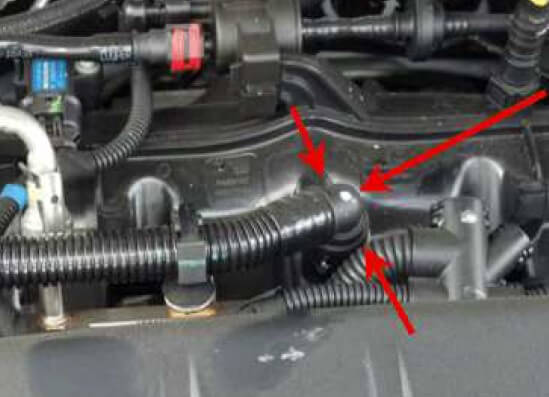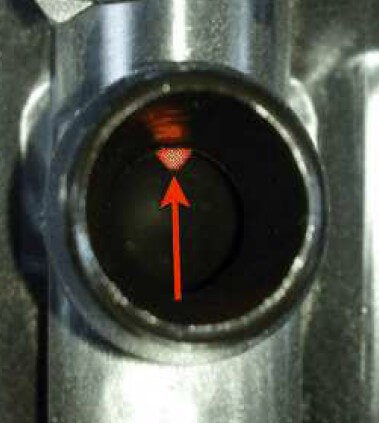PIP5197E Oil consumption and trouble codes
Service bulletin #PIP5197E Oil consumption and trouble codes
#PIP5197E bulletin to fix oil leaks, oil consumption and trouble codes
GM has issued service bulletin #PIP5197E to address oil consumption, oil leaks, blue smoke from exhaust and multiple trouble codes on the vehicles listed below.
Vehicles affected by #PIP5197E
2013-2016 Buick Encore, VIN SOP to END, Engine LUJ and LUV, All transmissions
2011-2016 Chevrolet Cruze, VIN SOP to END, Engine LUJ and LUV All transmissions
2012-2016 Chevrolet Sonic VIN SOP to END, Engine LUJ and LUV All transmissions
2013-2016 Chevrolet Trax VIN SOP to END, Engine LUJ and LUV All transmissions
Oil consumption symptoms
The service bulletin addresses multiple symptoms including excessive oil consumption, blue smoke from the exhaust, trouble code and check engine light warning. GM defines excessive oil consumption, not due to leaks, of 1 quart or more oil within 3 200 kilometers (2,000 miles).
You may find any or all of these trouble codes stored: P0106, P0171, P0299, P0507, P1101, P2096.
Steps to diagnose oil consumption and trouble codes
1) Check the oil dipstick to make sure it’s fully seated in the dipstick tube.
2) Check for air leaks in the intake system.
3) Check the PCV orifice for leaking oil or drawing vacuum at idle thru its external port. On these vehicles, the PCV orifice is an integral part of the valve cover. If the PCV orifice external port is leaking oil or vacuum, replace the valve cover assembly.
4) Clean oil from all induction system components and retest for oil consumption, leaks or DTCs resetting.
5) Check for a missing intake manifold Non Return Valve that may have damaged the PCV orifice diaphragm. If the non return valve is not visible as shown in picture, then use a long cotton swab to wipe any excess oil from the valve to validate. If the non return valve is still not visible, then intake manifold removal for inspection is required to validate. If the valve is present reinstall the intake manifold. Do not replace.

Location of non return valve

Non return valve
6) If the intake manifold Non Return Valve is missing, then replace the intake manifold assembly, Clean oil from all induction system components and retest for oil consumption, leaks or DTCs resetting.
7) If the intake manifold Non Return Valve is seated properly, then perform the following. Record the crankcase pressure. (Normal crankcase pressure readings are between -11 & -18 inches of water in park at hot idle) / (ESST gage works best, see pictures below for connection of ESST at the engine oil dipstick hole in the camshaft cover. Record the crankcase pressure at hot idle in park as well as under snap throttle. Note: The connection must be made with the engine off. The engine is then started and the pressure readings are recorded. If the crankcase pressure is between -11 and -18 inches of H2O during the hot idle in park and during snap throttle testing, then clean oil from all induction system components and retest for oil consumption, leaks or DTCs resetting. If the crankcase pressure is between -10 and 0 inches of water then a cylinder leakage / crankcase pressure concern exists. This is likely caused by a weak or broken piston ring land. Replace all four piston assemblies and retest for proper crankcase pressures. Clean oil from all induction system components and retest for oil consumption, leaks or DTCs resetting.
Posted on by Rick Muscoplat
